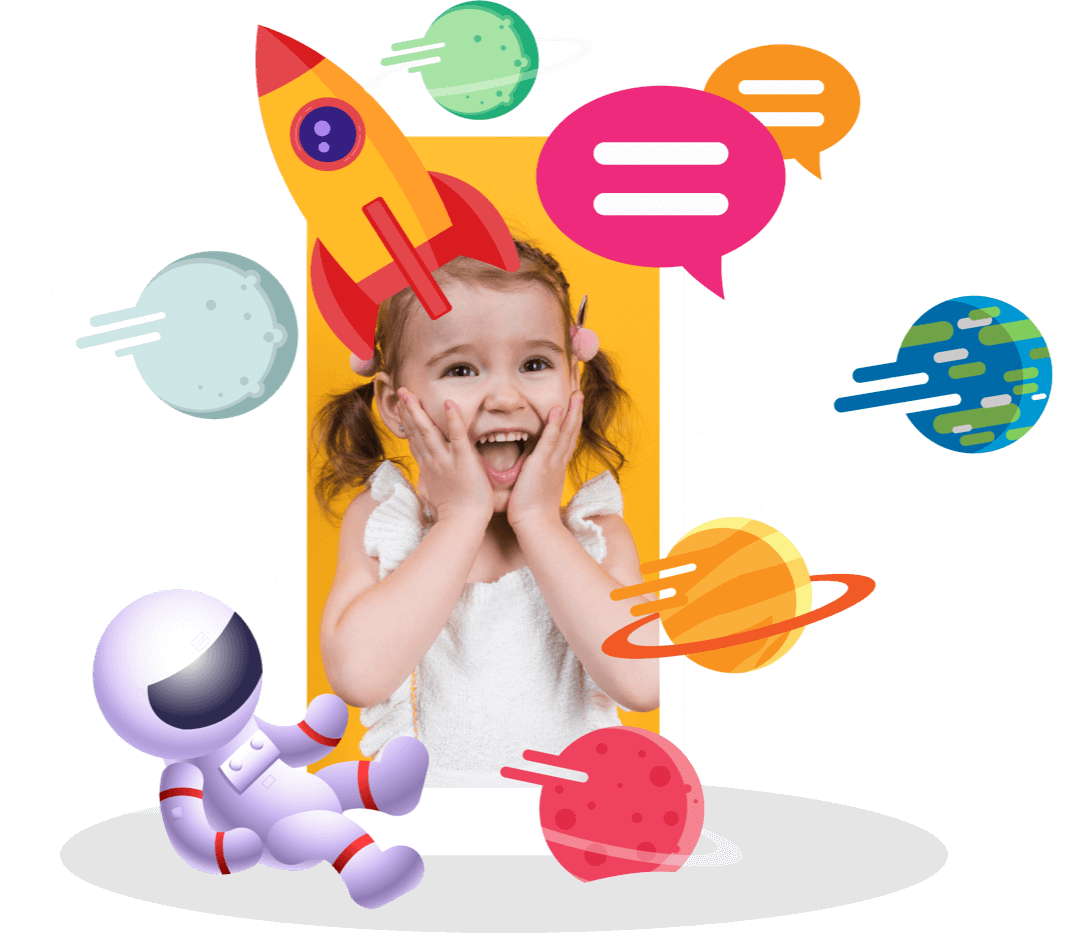Autism and anxiety are two separate conditions that sometimes coexist in a person. Understanding the complex relationship between autism and anxiety is crucial for providing effective support to those experiencing both conditions. By exploring the distinct characteristics of autism and anxiety, as well as the ways in which they intersect, we can gain valuable insights into how best to support individuals facing these dual challenges. In this article, we will delve into the nature of autism and anxiety, discuss their potential links, and examine the treatment options and strategies available to help individuals with autism manage anxiety effectively.
What is Autism?
Autism, also known as Autism Spectrum Disorder (ASD), is a complex neurodevelopmental condition characterized by varying degrees of difficulty with social interactions, communication, and repetitive behaviors. ASD encompasses a wide range of symptoms, abilities, and levels of impairment, making it a highly diverse and multifaceted condition. As our understanding of autism grows, so does our ability to support individuals with autism and help them lead fulfilling lives by addressing their unique challenges and needs.
What is Anxiety?
Anxiety is an emotion that most people experience at some point in their lives. However, when feelings of fear, worry, and unease become chronic and overwhelming, they can develop into anxiety disorders, such as Generalized Anxiety Disorder or Social Anxiety Disorder. Anxiety disorders are among the most prevalent mental health issues, impacting millions of individuals worldwide. By learning to identify and manage anxiety symptoms, those affected can improve their overall well-being and achieve a greater sense of control over their lives.

How Are Autism and Anxiety Linked?
Researchers are still trying to piece together the intricate web of causality that links autism and anxiety. Since autistic people tend to have higher rates of anxiety than the average population, researchers are looking into the commonalities between autism and anxiety. The particular difficulties experienced by people with autism and anxiety can be better understood and more effective treatment and support techniques can be developed if we look at the similarities and theories around the link between the two conditions.
Come along with 200k+ families!
Explore the endless possibilities of learning!
Download for Free.
Common Traits of Autism and Anxiety
Both autism and anxiety share some common traits that can make it challenging to differentiate between the symptoms of each condition. For instance, individuals with autism may struggle with social situations, which can lead to feelings of anxiety. Conversely, anxiety can exacerbate social difficulties for those with autism, creating a cycle of challenges. Identifying these shared traits can provide valuable insights into the experiences of individuals with both autism and anxiety, enabling the development of targeted support strategies.
Theories About The Link Between Autism and Anxiety
Several hypotheses have been put up to explain the correlation between autism and stress. Different theoretical lenses shed light on the dynamics between these situations, allowing for more nuanced and effective methods to care.
The Social Motivation Theory
The social motivation theory suggests that individuals with autism may have a reduced desire for social interaction, leading to fewer opportunities to develop social skills. Consequently, social situations can become more difficult and anxiety-provoking for those with autism. Understanding the impact of social motivation on the relationship between autism and anxiety can help develop targeted interventions to assist individuals with autism in navigating social situations more confidently.

The Executive Dysfunction Theory
Executive dysfunction refers to difficulties with cognitive processes such as planning, organization, and self-regulation, which are often present in individuals with autism. This dysfunction can contribute to increased anxiety as those with autism struggle to adapt to new situations or cope with unexpected changes. By addressing the role of executive dysfunction in the relationship between autism and anxiety, we can develop strategies to help individuals with autism better manage their cognitive challenges and reduce anxiety.
The Theory of Mind Theory
The theory of mind theory posits that individuals with autism may have difficulty understanding the thoughts, feelings, and perspectives of others. This can lead to confusion and uncertainty in social situations, contributing to heightened anxiety. By exploring the implications of theory of mind deficits in the context of autism and anxiety, we can devise targeted interventions to help individuals with autism better understand and navigate social interactions.
Treatment for anxiety in people with autism
As each person with autism has their own set of requirements and struggles, there is no one-size-fits-all method for addressing anxiety. However, there are a number of treatments that have been found to successfully reduce anxiety symptoms in people with autism.
Come along with 200k+ families!
Let's communicate better!
Download for Free.
Behavioral Theraphy
Maladaptive patterns of behavior and thought that contribute to anxious feelings are the primary targets of behavioral therapy. In the case of people with autism, this may entail working on methods of regulating their sensory processing, enhancing their social abilities, and controlling their repetitive activities. Behavioral therapy is a versatile and successful treatment option for autism because it can be adapted to meet the individual needs of each patient.
Social Skills Training
Social skills training aims to teach individuals with autism the skills needed to navigate social situations more effectively. By developing their ability to understand social cues, initiate conversations, and maintain appropriate eye contact, individuals with autism can become more confident in their social interactions and experience reduced anxiety.

Cognitive Behavioral Therapy
CBT is a widely used evidence-based treatment for anxiety disorders, including those experienced by individuals with autism. By addressing both cognitive and behavioral aspects of anxiety, CBT can lead to a significant reduction in anxiety symptoms for individuals with autism.
Medication
While there is no specific medication for treating anxiety in people with autism, certain medications can help manage anxiety symptoms. Selective serotonin reuptake inhibitors (SSRIs) are commonly prescribed for anxiety disorders and have been shown to be effective in reducing anxiety symptoms in individuals with autism. However, it is essential to consult with a healthcare professional before starting any medication, as every individual’s needs and responses to medications may differ.
Tips for Managing Anxiety In People With Autism
Managing anxiety in individuals with autism requires a tailored approach, as their unique needs and challenges necessitate personalized strategies. By implementing a combination of practical techniques and support, individuals with autism and their caregivers can better navigate anxiety and promote overall well-being.
Identify Early Signs of Anxiety
Recognizing the early signs of anxiety in individuals with autism is crucial for providing timely support and intervention. By being aware of the signs of anxiety, such as increased agitation, withdrawal from social situations, or excessive worry, caregivers and individuals with autism can take proactive steps to address anxiety before it becomes overwhelming.
Develop a Support Network
Having a strong support network can be invaluable for individuals with autism experiencing anxiety. This network can include family members, friends, therapists, and support groups. By connecting with others who understand their challenges, individuals with autism can find comfort, encouragement, and practical advice to help manage anxiety effectively.
Establish Routines
Predictability and routine can be comforting for individuals with autism, as they provide a sense of order and control. By establishing daily routines and maintaining consistency in their environment, individuals with autism can minimize anxiety triggered by unexpected changes or uncertainty.
Be Aware of Sensory Triggers
Sensory sensitivities are common among individuals with autism, and they can contribute to heightened anxiety. Identifying and minimizing sensory triggers, such as bright lights, loud noises, or specific textures, can help reduce anxiety for those with autism.
Teach Coping Mechanisms
Teaching individuals with autism coping mechanisms, such as deep breathing exercises, progressive muscle relaxation, or mindfulness techniques, can provide them with valuable tools to manage anxiety independently. By empowering individuals with autism to take control of their anxiety, they can build self-confidence and resilience.
Create a Calming Environment
Creating a calming environment can help individuals with autism manage their anxiety more effectively. This may involve reducing sensory stimuli, such as using soft lighting, minimizing background noise, and incorporating soothing colors or textures. Additionally, setting up a designated “calm space” where individuals with autism can retreat to when feeling overwhelmed can provide them with a sense of safety and control.

Encourage Communication
Encouraging open and honest communication about anxiety and emotions can help individuals with autism feel supported and understood. This can be achieved by using visual aids, social stories, or other communication tools tailored to the individual’s needs. Regular check-ins with caregivers, therapists, or other support network members can foster an environment where individuals with autism feel comfortable discussing their anxiety and seeking help when needed.
Promote Physical Activity
Physical activity can be an effective way to reduce anxiety for individuals with autism. Engaging in regular exercise, such as walking, swimming, or participating in team sports, can provide a healthy outlet for stress and anxiety. Additionally, physical activity can help improve overall mental well-being and promote better sleep, which can further reduce anxiety levels.
Incorporate Relaxation Techniques
Teaching individuals with autism relaxation techniques can provide them with valuable tools to manage their anxiety independently. This may include deep breathing exercises, progressive muscle relaxation, or mindfulness practices such as meditation or yoga. By incorporating relaxation techniques into their daily routines, individuals with autism can build a repertoire of coping strategies to draw upon when experiencing anxiety.
Collaborate With Professionals
Professionals can offer guidance, support, and evidence-based interventions tailored to the individual’s unique needs and challenges. Working closely with professionals such as therapists. Collaborating with professionals can ensure that individuals with autism receive the most effective support and treatment for their anxiety.

Final Words
The relationship between autism and anxiety is complex and multifaceted, and understanding this connection is crucial for providing effective support to those experiencing both conditions. By exploring the distinct characteristics of autism and anxiety, as well as their potential links and shared traits, we can develop targeted treatment options and strategies to help individuals with autism manage anxiety effectively. Through a combination of evidence-based treatments, personalized support, and practical strategies, individuals with autism can learn to navigate the challenges posed by anxiety and lead more fulfilling, confident lives.

